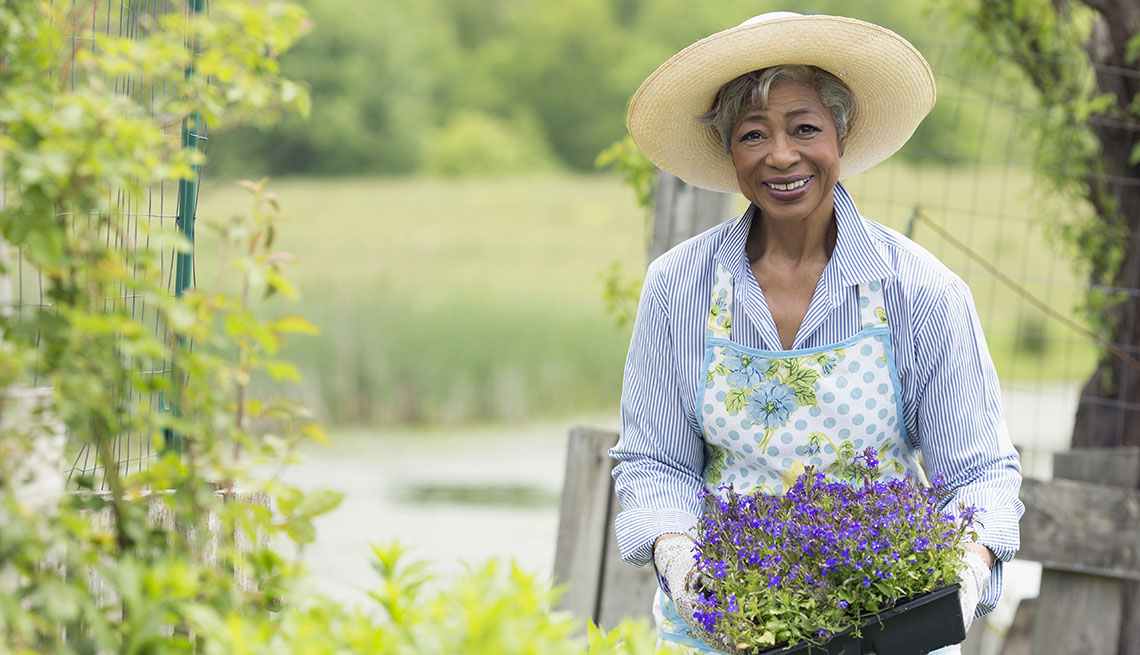Sustainable Gardening Practices for an Eco-Friendly Yard
Wiki Article
The Comprehensive Overview to Horticulture: Discover the Advantages of Different Designs and Methods
Horticulture encompasses a varied variety of styles and methods, each offering distinct advantages customized to private preferences and ecological contexts. From the organized style of official gardens to the organic appeal of permaculture, recognizing these variants is crucial for cultivating a room that not only thrives but additionally reflects individual worths and aesthetic appeals. Moreover, sustainable methods play a vital function in boosting regional communities and making sure long-term success. As we explore these different styles, it ends up being noticeable that the choices made can significantly influence both the yard's health and its contribution to the surrounding environment.Recognizing Gardening Fundamentals
Comprehending the basics of gardening is crucial for cultivating a prospering and sustainable garden. A successful gardening endeavor begins with a strong structure of understanding pertaining to soil, plant option, and environment considerations.Selecting the right plants is similarly important. Comprehending their certain needs-- such as sunlight, water, and spacing-- makes certain compatibility with the neighborhood environment and dirt problems. This selection procedure need to also take into consideration the growth practices and lifecycle of plants, enabling for a well balanced and cosmetically pleasing yard.
Furthermore, reliable watering methods are essential. Over-watering and under-watering can both lead to plant tension and condition. Implementing a schedule based upon seasonal changes and plant demands can improve water effectiveness.
Popular Horticulture Styles
What defines the essence of popular gardening styles? Among the most distinguished styles is the home yard, defined by its informal design and a lively array of flowers and veggies.On the other hand, the official yard embodies symmetry and order, usually including geometric patterns and thoroughly cut bushes. This style connects style and sophistication, with very carefully picked plants that reinforce an organized aesthetic.
The Japanese garden uses a serene and introspective experience, making use of natural environments like water, stones, and plants to develop a serene atmosphere. It concentrates on simplicity and balance, motivating consideration.
Additionally, xeriscaping has actually gotten appeal, particularly in dry regions (Gardening). It prioritizes drought-resistant plants and efficient water usage, promoting sustainability while enhancing landscape charm
Advantages of Container Gardening
Container gardening supplies a multitude of benefits that make it an attractive alternative for both beginner and skilled garden enthusiasts alike. One of the primary benefits is adaptability; containers can be placed in various places, enabling gardeners to optimize sunshine direct exposure and develop visually attractive arrangements. This versatility makes it feasible to yard in rooms where typical in-ground horticulture may not be possible, such as balconies, patio areas, or metropolitan atmospheres.Furthermore, container horticulture provides better control over soil conditions. Gardeners can customize the dirt mix to fit specific plants, ensuring optimum drain and nutrient accessibility. This is especially valuable for individuals living in locations with inadequate or polluted soil.
One more considerable advantage is the decreased threat of insects and illness. Container plants can be monitored a lot more easily, and any kind of problems can be attended to without delay. This technique can lessen the spread of intrusive varieties.
Sustainable Horticulture Practices
why not try these out Sustainable gardening practices are necessary for advertising ecological wellness and improving biodiversity in our environments. These techniques prioritize eco-friendly equilibrium, source conservation, and making use of organic approaches to reduce negative ecological impacts. By utilizing strategies such as composting, gardeners can decrease waste while enhancing soil home health, thus cultivating a prospering yard ecological community.Water preservation is another essential element of lasting horticulture. Strategies such as rainwater harvesting, drip irrigation, and the usage of drought-resistant plants can considerably minimize water usage while making sure that plants receive sufficient dampness. Moreover, integrating indigenous plant species into yard styles sustains local wildlife and reduces the requirement for chemical fertilizers and pesticides, which can be damaging to the setting.

Inevitably, lasting gardening practices not just add to healthier gardens yet additionally advertise an even more resistant atmosphere, offering long-lasting special info advantages to both the garden enthusiast and the surrounding area.
Tips for Successful Gardening
To cultivate a flourishing yard, gardeners ought to focus on careful preparation and thoughtful execution of their horticulture techniques. Begin by examining the regional environment and soil problems, as these factors substantially influence plant choice and development. Choose plants that are well-suited to your setting, considering indigenous varieties that will certainly thrive with minimal treatment.Implementing a well-structured format is important (Gardening). Use friend growing techniques to promote biodiversity and natural parasite control, while making sure each plant has sufficient space for growth. This not only enhances aesthetics but likewise boosts general plant health and wellness
Regular upkeep is vital to an effective garden. Establish a consistent timetable for watering, weeding, and feeding. Mulching can aid maintain dampness and subdue weeds, while additionally adding raw material to the soil.
On a regular basis keeping an eye on plant health and growth will certainly allow for timely treatments. Be open to learning and adapting; horticulture is a continuous procedure that benefits from experience and trial and error.
Conclusion


In recap, the expedition of diverse horticulture designs and strategies exposes their diverse benefits, adding to both aesthetic allure and ecological wellness. Container horticulture provides versatility and ease of access, while lasting practices boost environmental stewardship.
Report this wiki page